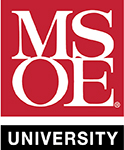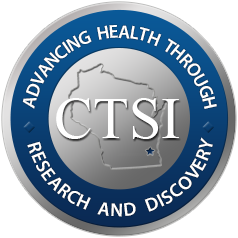Direct evidence of iNOS-mediated in vivo free radical production and protein oxidation in acetone-induced ketosis. Am J Physiol Endocrinol Metab 2008 Aug;295(2):E456-62
Date
06/19/2008Pubmed ID
18559982Pubmed Central ID
PMC2519762DOI
10.1152/ajpendo.00015.2008Scopus ID
2-s2.0-52649154098 (requires institutional sign-in at Scopus site) 33 CitationsAbstract
Diabetic patients frequently encounter ketosis that is characterized by the breakdown of lipids with the consequent accumulation of ketone bodies. Several studies have demonstrated that reactive species are likely to induce tissue damage in diabetes, but the role of the ketone bodies in the process has not been fully investigated. In this study, electron paramagnetic resonance (EPR) spectroscopy combined with novel spin-trapping and immunological techniques has been used to investigate in vivo free radical formation in a murine model of acetone-induced ketosis. A six-line EPR spectrum consistent with the alpha-(4-pyridyl-1-oxide)-N-t-butylnitrone radical adduct of a carbon-centered lipid-derived radical was detected in the liver extracts. To investigate the possible enzymatic source of these radicals, inducible nitric oxide synthase (iNOS) and NADPH oxidase knockout mice were used. Free radical production was unchanged in the NADPH oxidase knockout but much decreased in the iNOS knockout mice, suggesting a role for iNOS in free radical production. Longer-term exposure to acetone revealed iNOS overexpression in the liver together with protein radical formation, which was detected by confocal microscopy and a novel immunospin-trapping method. Immunohistochemical analysis revealed enhanced lipid peroxidation and protein oxidation as a consequence of persistent free radical generation after 21 days of acetone treatment in control and NADPH oxidase knockout but not in iNOS knockout mice. Taken together, our data demonstrate that acetone administration, a model of ketosis, can lead to protein oxidation and lipid peroxidation through a free radical-dependent mechanism driven mainly by iNOS overexpression.
Author List
Stadler K, Bonini MG, Dallas S, Duma D, Mason RP, Kadiiska MBMESH terms used to index this publication - Major topics in bold
AcetoneAnimals
Electron Spin Resonance Spectroscopy
Free Radicals
Immunohistochemistry
Ketosis
Lipid Metabolism
Liver
Male
Mice
Mice, Inbred C57BL
Mice, Knockout
Microscopy, Confocal
NADPH Oxidases
Nitric Oxide Synthase Type II
Oxidation-Reduction
Protein Carbonylation
Proteins
Pyridines
RNA
Reverse Transcriptase Polymerase Chain Reaction









